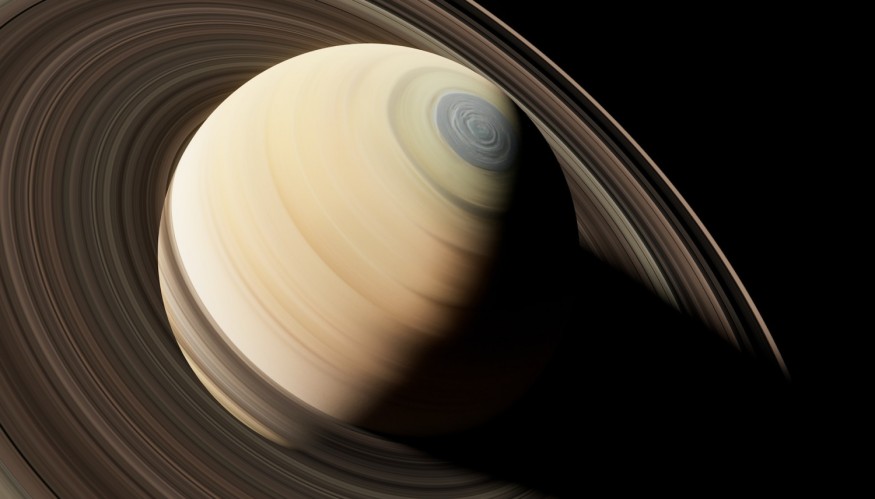
Being able to observe heavenly bodies has long been an activity that only astronomers used to partake in; but with the schedules of the best sightings for planets more available, this practice has widely gained popularity. As such, Saturn is expected to become its brightest on August 27 after 378 days.
Saturn at Its Brightest
Looking at Saturn's beautiful rings has become much easier with the help of easily accessible small telescopes. The planet is soon expected to reach its brightest on August 27, 2023, when it reaches its "opposition."
The date is important for planet-watchers because of how visible Saturn is expected to become on that day. Not only will it be well positioned, but experts also expect that the planet will be at its brightest and can be seen throughout the night.
This event is called Saturn's "opposition," which happens when the Earth is between the planet and the sun. This is a rare occurrence as Saturn typically takes 29.4 years to complete a single orbit around the sun.
As for Earth, Saturn completes an orbit every 378 days or about 54 weeks. This means that stargazers and enthusiasts will only see the planet at its brightest just once a year.
ALSO READ : India's Chandrayaan-3, Russia's Luna 25 Set To Land on Moon Next Week for Their Lunar Missions
Saturn's Orbit Around the Sun
Because of how slow it takes for Saturn to orbit, it would have only moved one 29th of its route around the sun during that period. This means that typically for a few years, Saturn often remains in the same region of the night sky.
The opposition doesn't just happen to Saturn, but it can happen to other planets located further from the sun than Earth. As such, planets like Mars, Jupiter, Uranus, and Neptune all have their own oppositions.
The oppositions of some of these other planets happen on a different scale compared to that of Saturn because of their shorter or longer orbits and shorter or faster speeds. For example, Mars only takes 687 days to make an orbit, meaning an opposition happens once in 26 months.
Expectations for August 26-27
Because of how Saturn is expected to be positioned on August 27, its angle will reveal its rings inclined at a 9° from Earth's site. This would make it incredibly noticeable compared to other Saturn sightings.
Because the planet is still located 814 million miles away, it can still be difficult to spot with one's naked eye. Because of this, at least six-inch telescope is recommended to get a better view of the ringed planet.
The longer the telescope the better since viewers will be able to get a better glimpse into what the ringed planet looks like. Should stargazers miss this opportunity, the next expected sighting would be on September 8, 2024, and after that, September 25, 2025.
By 2032, a Christmas Saturn opposition is expected to happen on December 24.
RELATED ARTICLE : Saturn Experiences Hundred-Year-Long Mega Storms With Impacts That Challenge Our Understanding of the Gas Giant
Check out more news and information on Space in Science Times.











